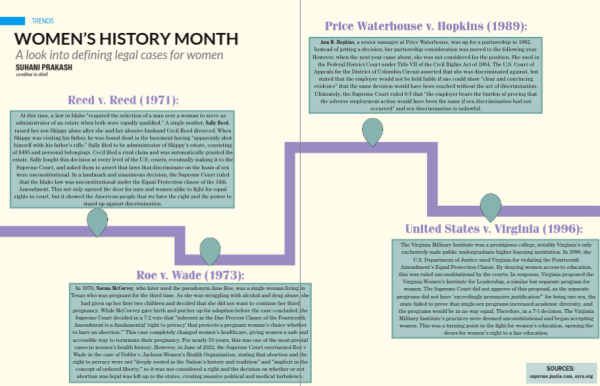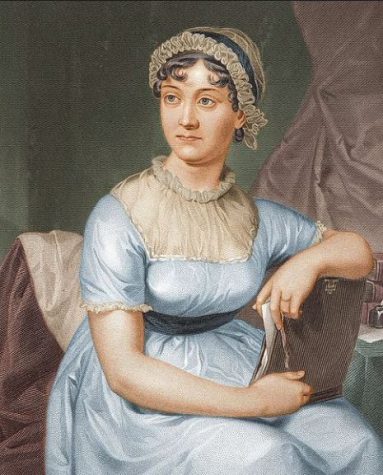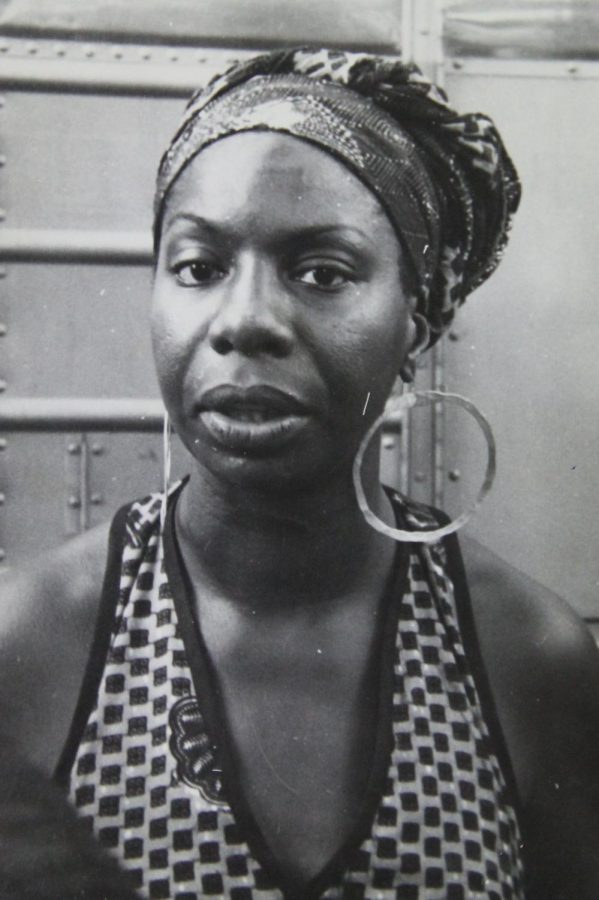Nina Simone
FEELING GOOD. Legendary performer Nina Simone in 1969. During this period of her life, Simone worked with RCA Records, a stay that produced an expanse of work including covers of and nods to work by artists like the Beatles, the Bee Gees, Bob Dylan, and Leonard Cohen.
“To be young, gifted and black, oh what a lovely precious dream,” legendary musician and activist Nina Simone once sang.
She was “The High Priestess of Soul”: an icon of American music—but one whose style was not defined by any one genre. While she trained and studied in classical piano, Simone became a vocalist almost by accident after auditioning to sing in a bar for the extra income.
Starting in 1959, Simone produced more than 40 original albums. Her gift for deep and honest emotion permeated all of these works in a way that continues to resonate strongly with listeners.
“I was playing popular songs in a classical style with a classical piano technique influenced by cocktail jazz. On top of that I included spirituals and children’s song in my performances, and those sorts of songs were automatically identified with the folk movement,” Simone wrote in her 1991 autobiography “I Put a Spell on You.”
“So, saying what sort of music I played gave the critics problems because there was something from everything in there, but it also meant I was appreciated across the board—by jazz, folk, pop and blues fans as well as admirers of classical music.”
In the early 1960s, deeply affected by several incidences of racially-charged violence against black Americans and civil rights activists, civil rights became a theme ever-present in Simone’s mind as she produced music from several different record labels.
From “I Love You Porgy” to “See-Line Woman,” “I Want a Little Sugar In My Bowl,” and “Ne Me Quitte Pas,” the power, strength, and melancholy of Simone’s music can only be appreciated by listening to it.
Sources:





